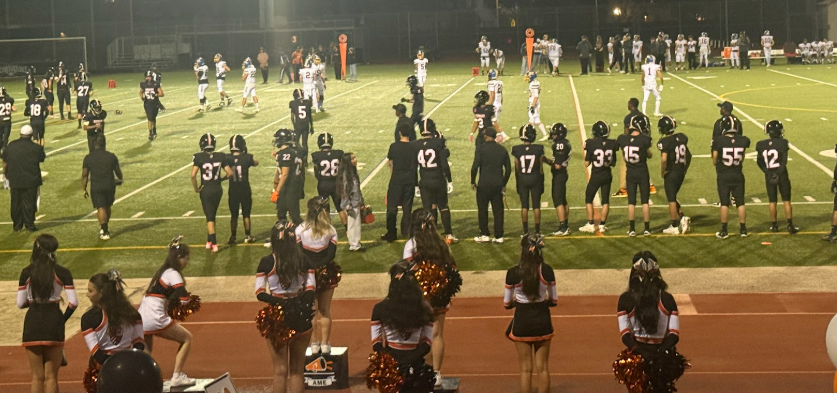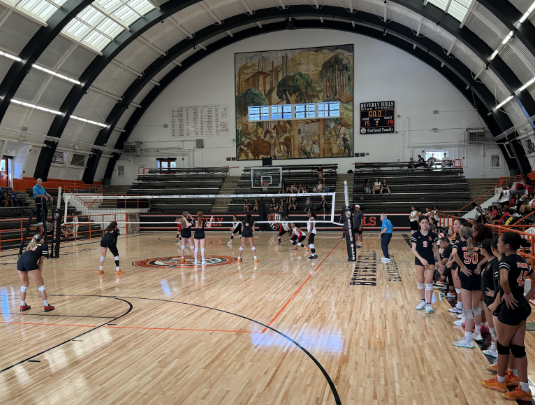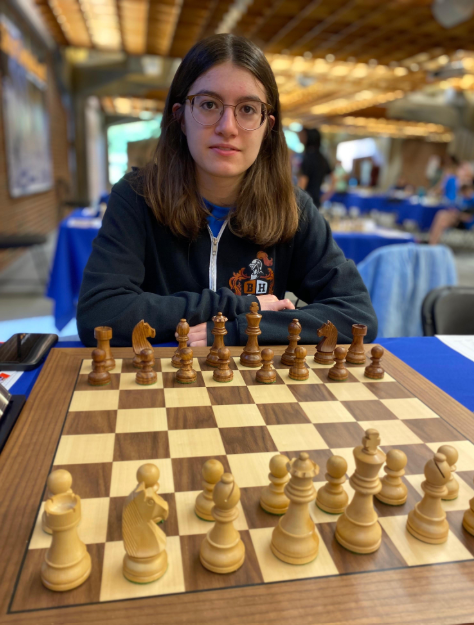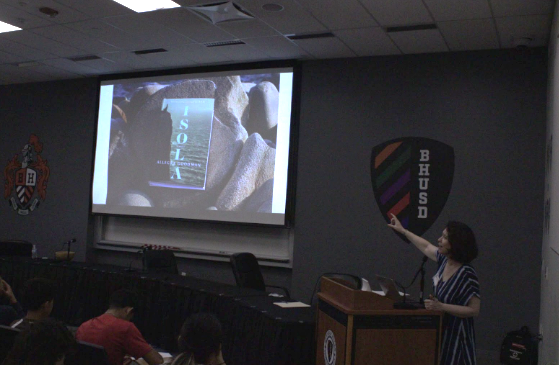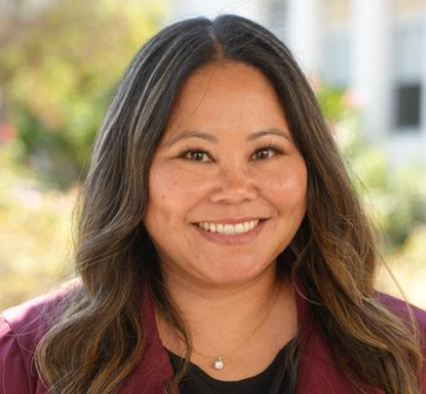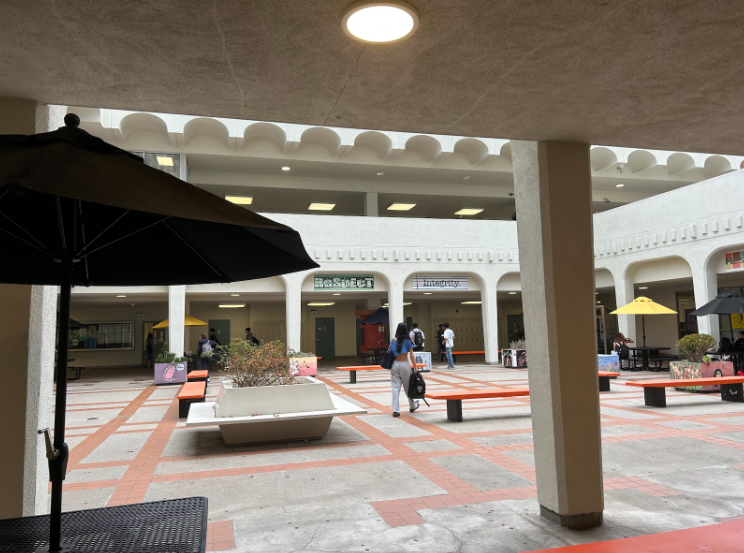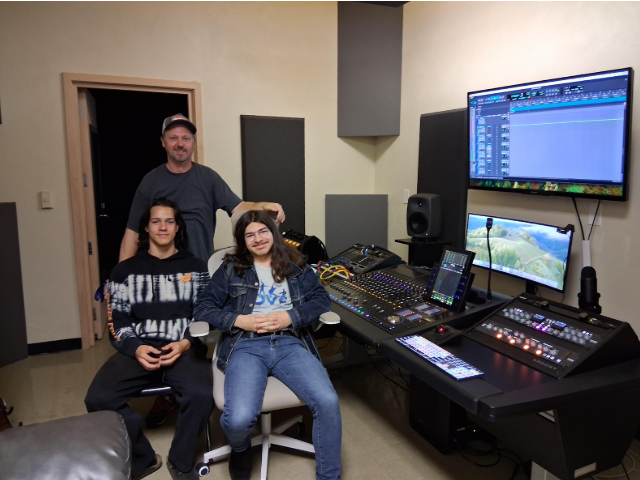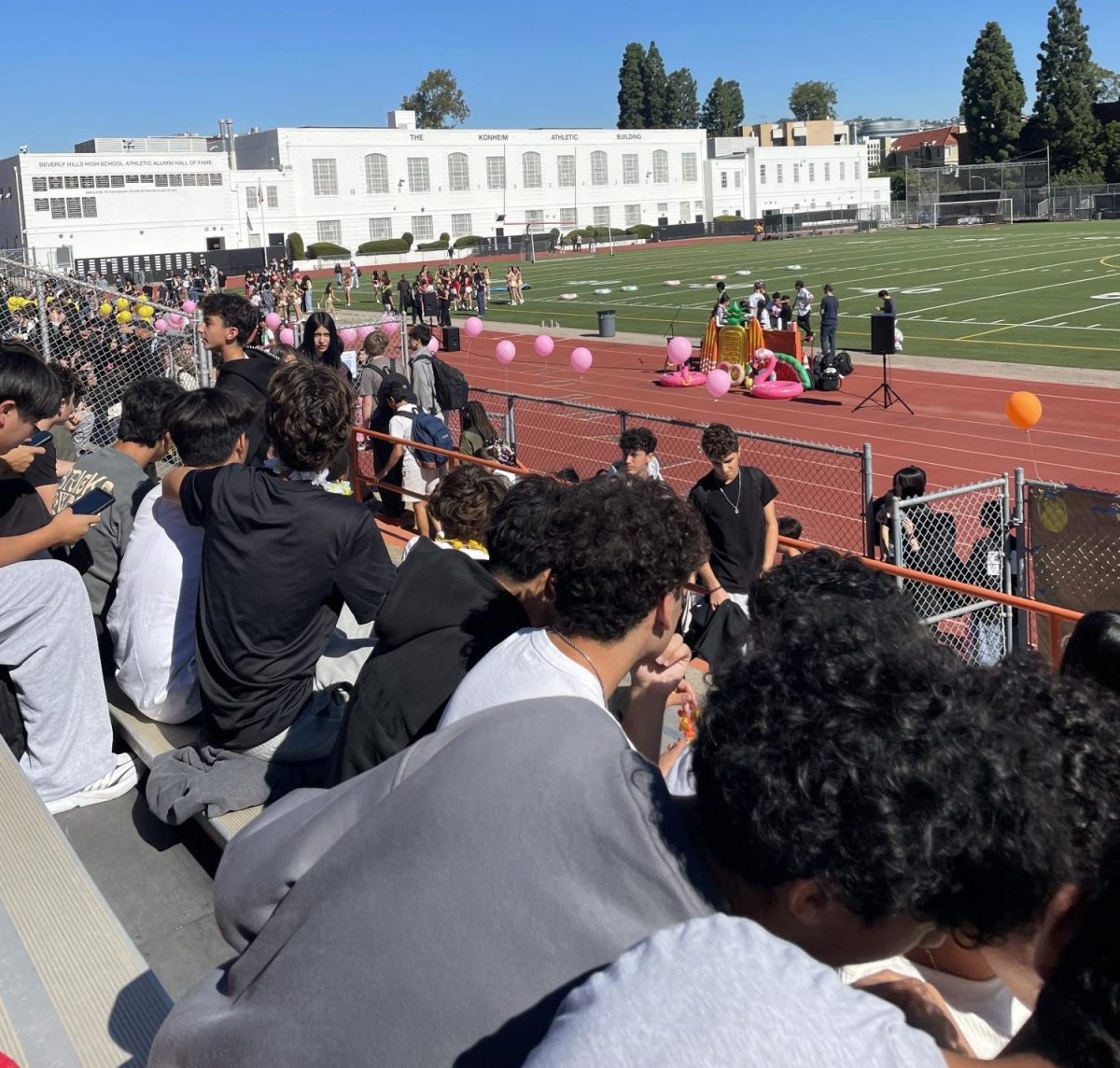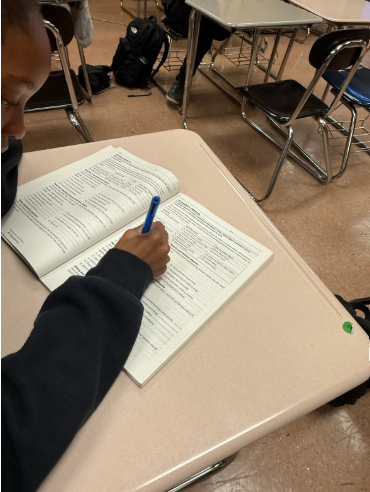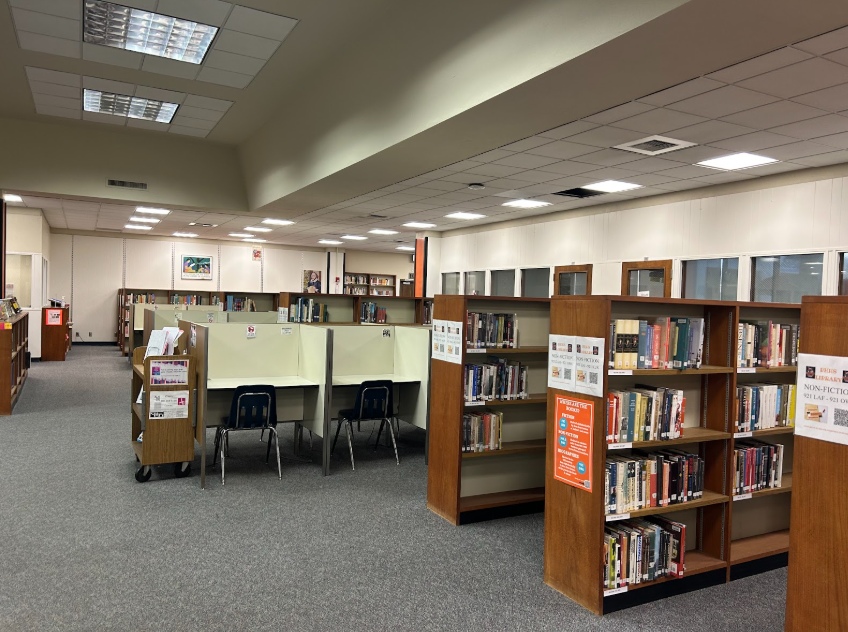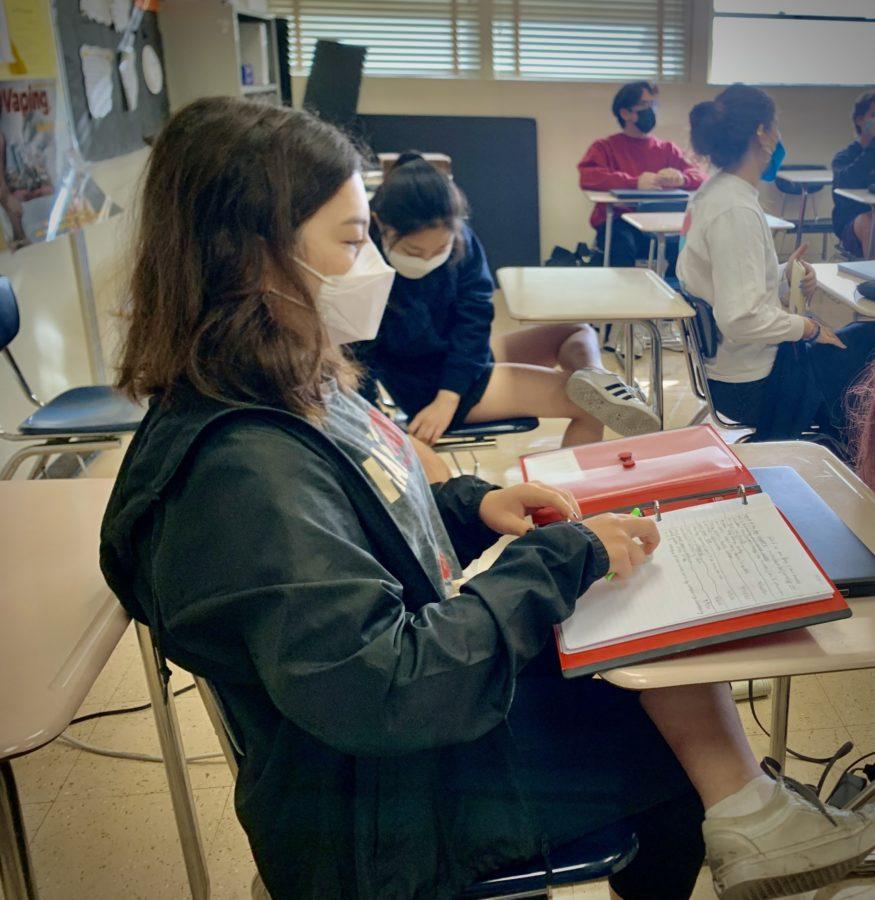Emma Newman co-editor-in-chief
Since most of the student body returned to school, teachers have adapted to accommodate pandemic restrictions, block scheduling and students who are absent to quarantine.
Dance teacher Dana Findley, English teacher and ASB advisor Nickolas Henggeler and history teacher Joanie Garratt all enjoyed having a full class of in-person students again.
“It’s been wonderful. I love having everyone back,” Findley said. “It makes it feel a little bit normal. It’s been great having that energy and being able to, in my case, [have] all of us dance together.”
However, each one of these teachers needed to make adjustments as a result of the student-wide return to school. For Findley, those adjustments centered around the need for COVID-19 precautions in the dance room.
“I give more breaks for us to leave the room and go outside in order to go get water because no one’s drinking water in the dance studio. The other thing that I would say that we’re doing differently is I’m being more conscious of how much time, if we’re working in groups, how much time that’s happening,” Findey said. “When we start rehearsing and really going full out, we’ll probably move outside just to be safer with everyone breathing heavy.”
As the ASB advisor, Henggeler has also had to deal with some constraints due to the ongoing pandemic. Specifically, many ASB events, such as the Homecoming Dance in October and Prom in May, will take place outside as a result of the virus.
“We had to roll with the punches [when] staging events outdoors,” Henggeler said. “We want to make sure that we are doing everything we can to mitigate the spread or the potential risk of there being a COVID outbreak because of an event that we’ve planned.”
Henggeler said that ASB has made it a priority to reignite school spirit, an aspiration that has been slightly restricted by the COVID-19 guidelines enforced by administration.
“For ASB, they’re throwing every idea at me that they possibly can and it’s my job to bring those ideas to the administration,” Henggeler said. “Administration has to be the, for lack of better words, ‘fun police.’ They’re the COVID-compliancy police, and we’ve had to make changes for the better, for the worse, to a lot of what we are doing.”
Like other teachers, Henggeler adapted his classes to fit the new block schedule.
“Block scheduling completely changes how I run my class because I only see my students three times a week so I have to be very selective with how we spend our time and do my best to keep students engaged for 96 minutes, which is challenging,” Henggeler said. “Then, on the flip side, [on] those [short] days, I’ve got to also be very selective with what we do because there’s so little time to get anything done.”
Findley also made changes to her class as a result of block scheduling. However, Findley believes that the schedule has been a positive addition.
“For me, the 96 minutes for my regular dance classes has been wonderful,” she said. “It’s been fun because we do part of a technique class, and we have time to do creative time, improvisation or choreography. We’re able to fit in some wellness, and then we also have been having the opportunity to learn more about dance history.”
Unlike Findley, Garratt has found block scheduling to be the biggest challenge to her, a struggle that she feels has affected her AP U.S. History students the most.
“AP is really taking a hit from block schedule. To me, AP is an interactive lecture course, and…block is interfering with that,” Garratt said. “Now with my regular classes, it’s not that big of a deal. However, I have a lot of remedial students, and that means slowing things down, and so I’m losing too much time. I want more time with students, not less time.”
She has lost even more time with her students who have been out of school to quarantine, which Henggeler and Findley relate to as well. While Henggeler and Garratt haven’t yet utilized a virtual method of bringing their students to class, Findley offers Zoom meetings to absent students who want to meet with her and she records her classes for her Dance Company students.
“I’ve given them an alternate assignment that they can do at home and then have offered, of course, Zooming if they want to meet with me. None of my regular students had taken me up on that, and then for Dance Company…it’s easier for us to videotape from behind the material that’s been missed and send that out to learn,” Findley said.
Despite the risk of contracting COVID-19, dance students have been adapting well to their return to school, Findley believes.
“Everyone has their ups and downs days, but in general, I would say my students seem happy to be back on campus, even though sometimes, depending on the day or the week, the workload is a lot,” Findley said.
Garratt has also noticed a positive response among her students to the return to school, particularly in terms of participation in class.
“I love being in class with my students,” Garratt said. “There is no substitute for being together, and being able to play off the energy of one another, the free exchange of ideas, the questions. [Virtual learning] wasn’t conducive to really having conversations, and so I missed that.”
For Henggeler, the benefits provided by the return to school outweigh the obstacles that he has faced while adapting to the new school environment.
“Everybody’s rolling with it. I think that we’re trying the best that we can, both ASB and our faculty and our students,” Henggeler said. “It’s a weird era, but…we just had to learn as we went, so I think we’re figuring it out. It’s taking some time, but we’re getting there.”







